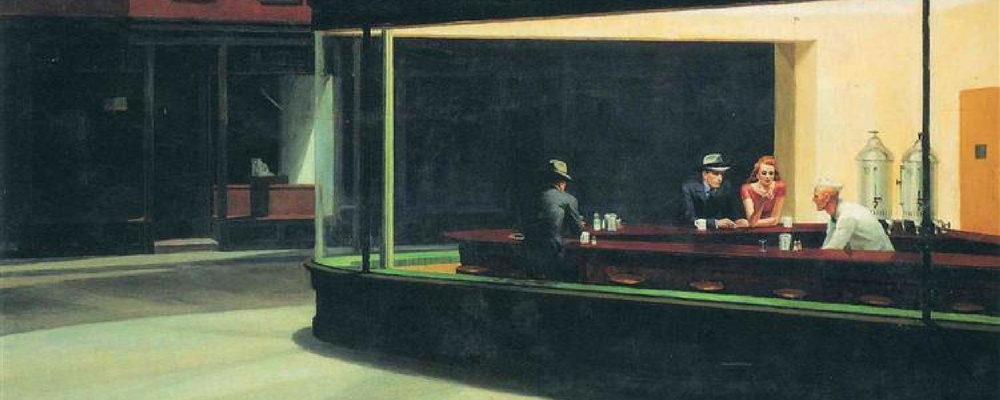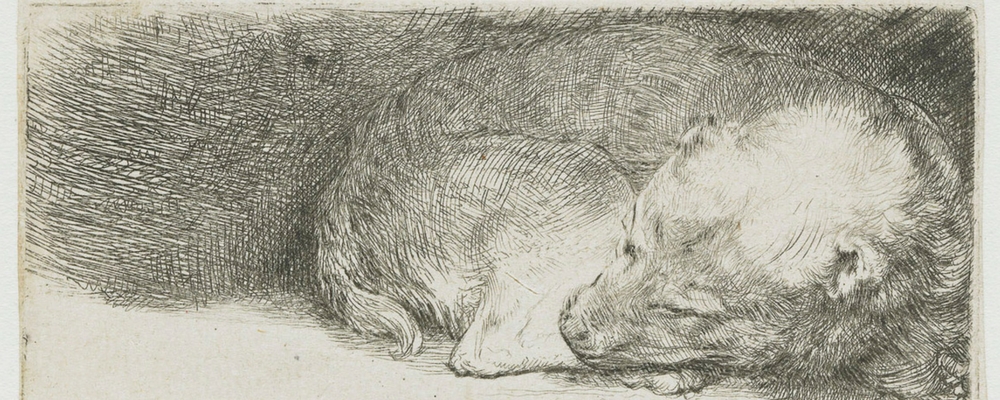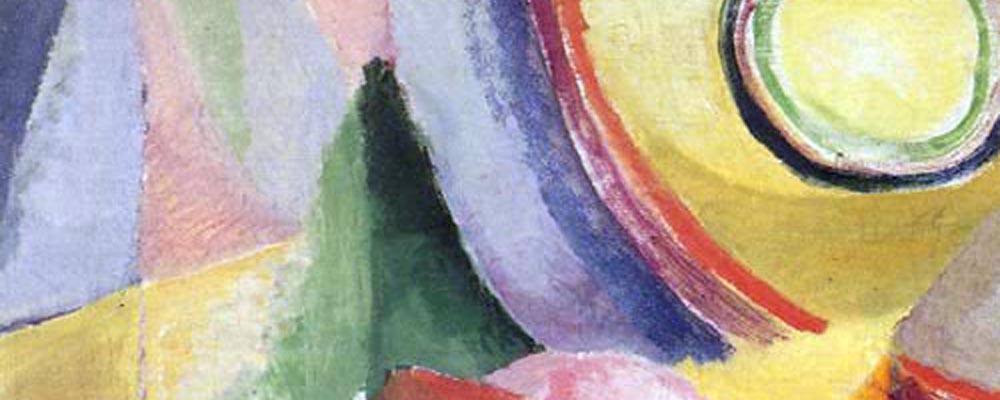
T. Coraghessan Boyle’s prolific literary career spans over three decades and twenty-six books of fiction. His work has earned numerous accolades including multiple O. Henry Awards for his short stories and a PEN/Faulkner Award for his novel World’s End. His prose, writes The Paris Review, is “lush, manic, overblown, satiric, highly imaginative and, on occasion, shamelessly melodramatic.” His short story “Are We Not Men?” was published in the November 2016 issue of The New Yorker. As you read the story, consider your own notions of parenthood. Why do we care so deeply about our children’s success?
Read More

Throughout a colorful and productive career, Pablo Picasso exposed form and color, disassembling his subjects and reshaping them in ways that at once obfuscated and illuminated them. In 1923, in a famous written statement, Picasso defended his craft to those who failed to understand his motives and his work: “We all know that Art is not truth. Art is a lie that makes us realize truth.”
So how does this truth-revealing “lie” apply to Books@Work?
Read More

Jamaica Kincaid’s short story “Girl” appeared in the New Yorker in 1978 and later went on to become one of the most anthologized short stories of all time. Brief and powerful, “Girl” reads as a “how-to” list for living relayed from mother to daughter in a mere 650 words.
As you read, consider: Do the expectations of parents or family members help or hinder you? Or both?
Read More

Renowned and prolific science fiction writer Tom Godwin’s short story “The Cold Equations” takes place aboard a cargo spaceship bound for a far-off planet in need of medical supplies. The ship’s pilot finds himself – and his ship – in an unexpected predicament when he discovers a stowaway on board.
As you read, consider the many hard choices we must make in our lives – should decisions be rooted in reason or emotion?
Read More

Many of us have experienced a workplace happy hour. Maybe it’s a weekly thing: HR plans the outing, picks the bar, and you and your colleagues leave a few minutes early each Friday to grab drinks together. It’s a wonderful way to shrug off the workday worries and share laughs with colleagues outside the context of work. But how much do you bond with people at happy hour? Do you get to know the colleagues who work in a different department or on the opposite side of the building – or do you talk to the people you already know?
Read More

Katherine Ann Porter is one of the most distinguished authors of the twentieth century. Her short story “Theft” features a young woman who reflects upon the events of her night out to try and determine where her missing purse is. As you read the story, consider how our material possessions come to define us.
Read More

By turns hilarious and heart-breaking, George Saunders’ short stories satirize the absurdities of every-day life and humanize even the strangest of characters. His story “Puppy” appears in his collection Tenth of December, winner of the 2013 Story Prize and a finalist for a National Book Award. In classic Saunders style, “Puppy” portrays a single situation – the purchase of a puppy – from the perspectives of multiple characters. As you read, think about the power of first impressions. What spurs us to judge others?
Read More

James Joyce is one of the most celebrated and influential writers of the 20th century. Born in 1882 in Dublin, his novels are known for their stream-of-consciousness prose and experimental style. His early short story volume Dubliners is a more straightforward read. Published in 1914, the powerful collection depicts Irish middle class life through the eyes of Dublin’s residents, including young Eveline Hill. His short story “Eveline” is a musing on home and family. How does our definition of home evolve throughout our lives?
Read More

By all counts prolific, Isaac Asimov wrote or edited over 500 books in his lifetime, and he is best known for his science fiction. “Youth” first appeared in the May 1952 issue of Space Science Fiction. Although known for such works as the Robot series and Foundation series which are concerned with humans in an advanced scientific future, “Youth” is a rare Asimov story dealing with alien characters. What does this story show about the power of perspective?
Read More









